| Structure | Name/CAS No. | Articles |
|---|---|---|
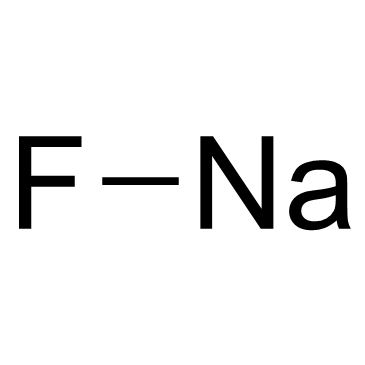 |
Sodium Fluoride
CAS:7681-49-4 |
|
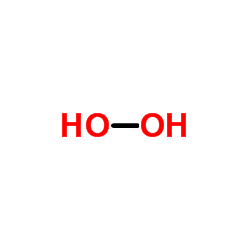 |
Hydrogen peroxide
CAS:7722-84-1 |
|
 |
sodium dodecyl sulfate
CAS:151-21-3 |
|
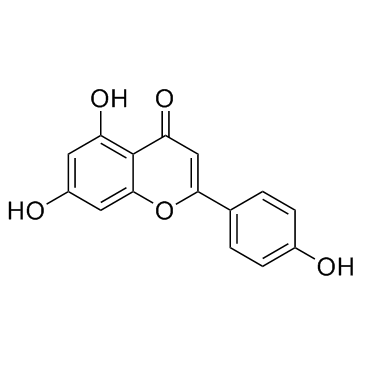 |
Apigenin
CAS:520-36-5 |
|
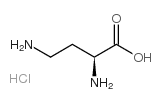 |
H-Dab.HCl
CAS:1482-98-0 |
|
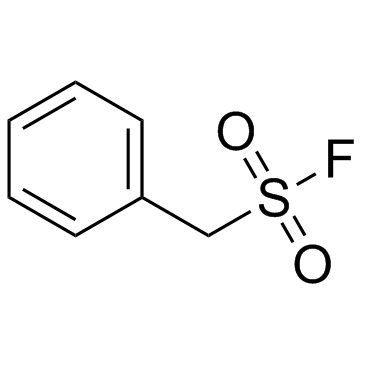 |
PMSF
CAS:329-98-6 |
|
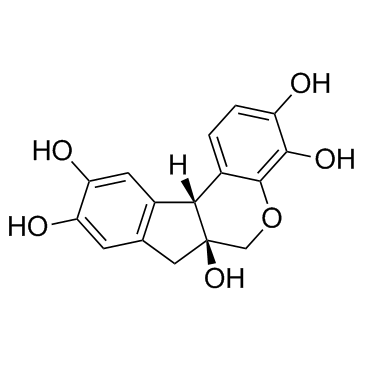 |
Hematoxylin
CAS:517-28-2 |
|
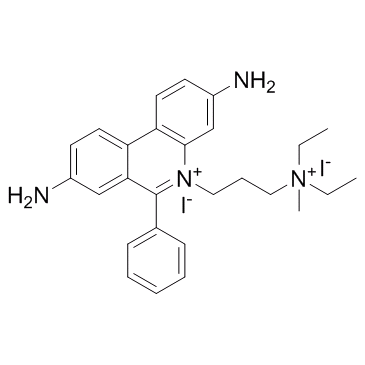 |
Propidium Iodide
CAS:25535-16-4 |
|
 |
Ethylenediaminetetraacetic acid
CAS:60-00-4 |
|
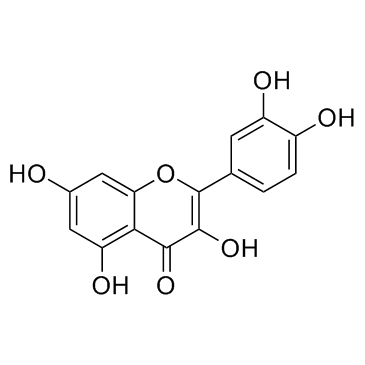 |
Quercetin
CAS:117-39-5 |